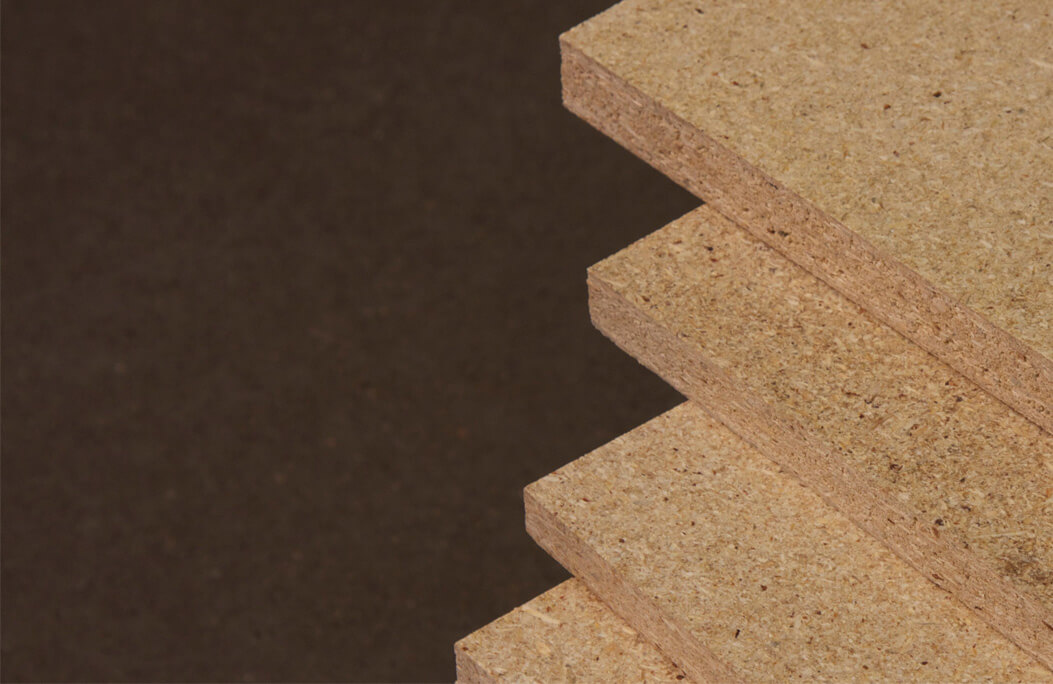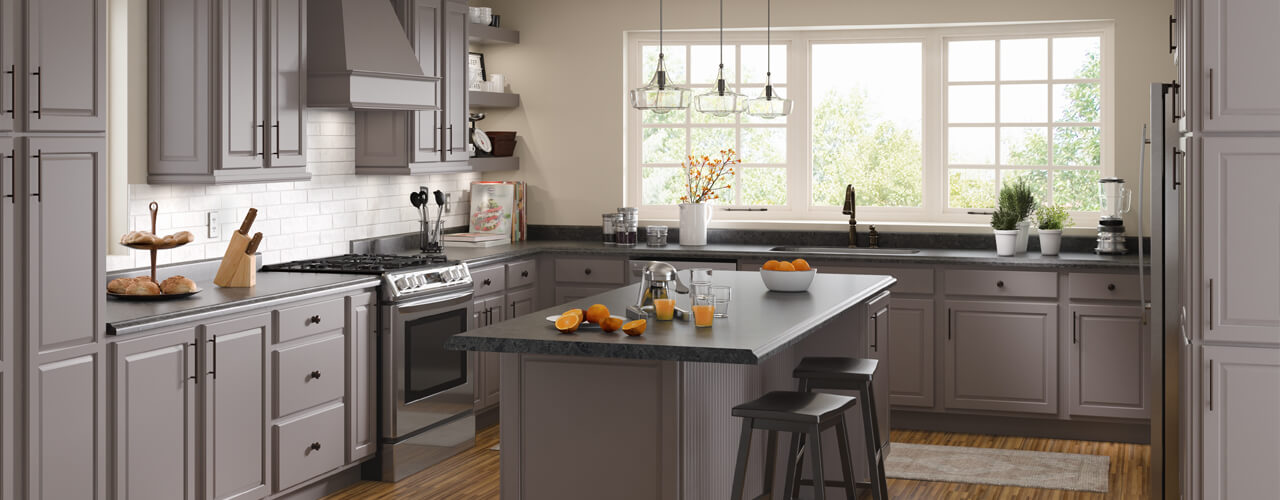The Environmental Benefits of Particle Board
Particle board, often overshadowed by more charming options like solid wood or plywood, has many environmental benefits that make it a great option. In this blog, we'll explore the sustainability aspects of particle board and why it should be used in your next project.
What is Particle Board?
Particle board is an engineered wood product made from recovered wood fiber. When pressed together, and with the help of resin, heat, and pressure, a dense, flat board is created. Its structure makes it durable and free of imperfections, an excellent choice for a wide range of applications. The production process transforms what would otherwise be wood waste into a useful material.

1. Utilizes Wood Byproducts
One of the biggest environmental benefits of particle board is its role in conserving forest resources. DakotaTM particle board is made exclusively from Ponderosa Pine, and is sourced from forest residue and sawmill byproducts. The production of particle board helps reduce the amount of virgin timber needed, by using what would be considered waste. This helps protect forests, which are vital for biodiversity and the health of the ecosystem.
2. Green Certifications
DakotaTM holds many eco-certifications through the Composite Panel Association. We are certified for the use of locally sourced fiber, sustainable use of wood fiber, and recycled, recovered, or post-consumer fiber content. We are also certified through CARB, ATCM, EPA, and TSCA. These certifications ensure we have responsible manufacturing processes and safety for those using our products.
3. Lower Carbon Footprint
The process of making particle board generally has a lower carbon footprint compared to the production of solid wood products. Since particle board makes use of wood byproducts, it requires less energy to produce than solid wood, which often involves more intensive harvesting.
4. Efficient Use of Resources
Utilizing the leftover wood from forest harvesting and sawmill cutoffs allows us to more efficiently use resources. Additionally, the use of resins helps bond wood particles together in a way that minimizes wood use and maintains the strength and stability of the final product. This efficient use of resources means that less raw material is required to create the final product, a more sustainable approach to manufacturing.

Particle board isn't always in the spotlight when discussing sustainable material choices, but it has a lot to offer from an environmental standpoint. By reducing wood waste and promoting the efficient use of resources, particle board stands as a testament to how engineered wood products can contribute to a better future. When deciding on what to use in your next home improvement project, consider the environmental benefits of particle board.
The environmental benefits of particle board are only one side of the story, see all the benefits of particle board here.


